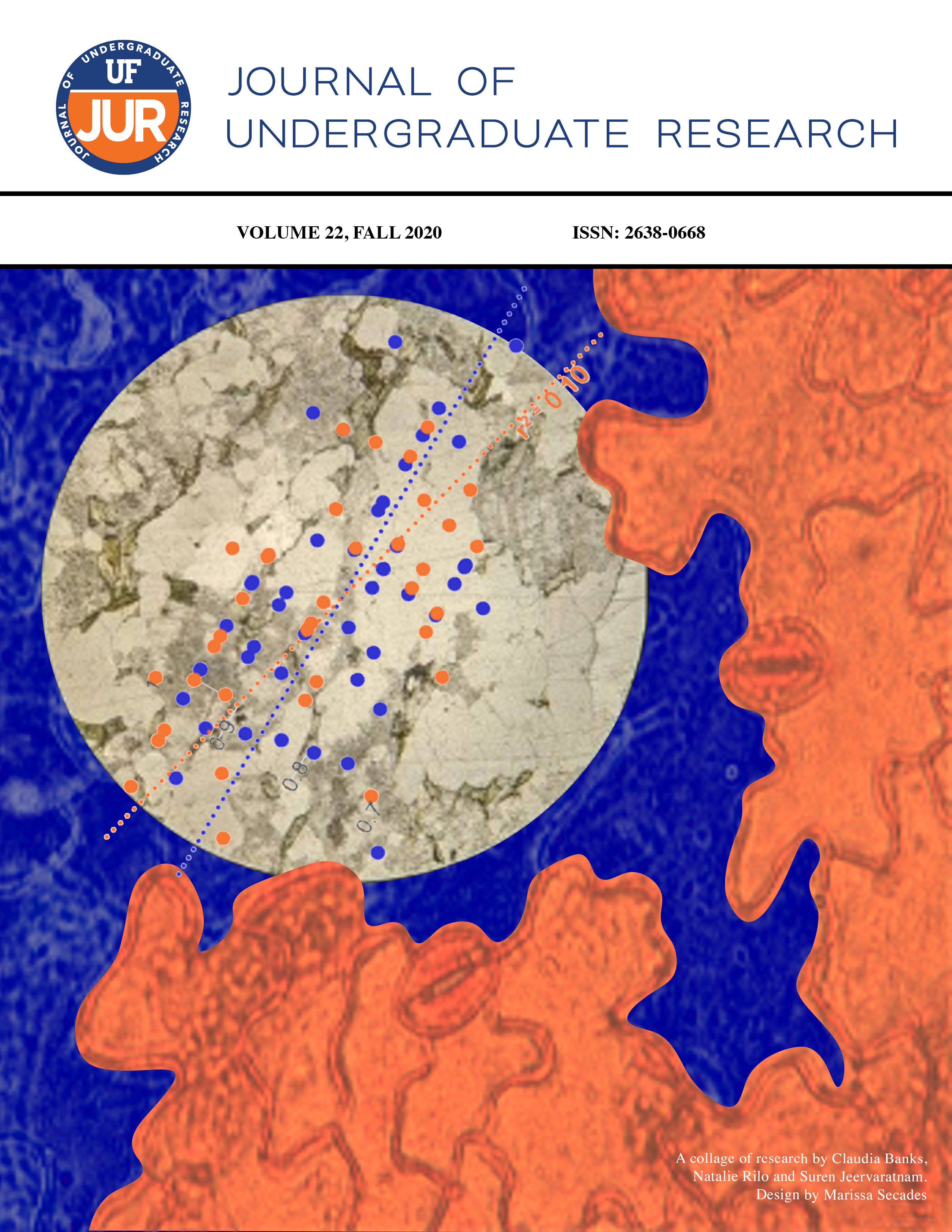Word Learning in Two Modalities
DOI:
https://doi.org/10.32473/ufjur.v22i0.121990Keywords:
word learning, signs, sign languageAbstract
A majority of research on language development has focused on examining spoken word learning and its role in the development of language, but there has been more limited research investigating the role of gesture and signed words in language development. This study investigated the impact of modality of word presentation on the learning of an associated meaning, the impact of modality of meaning presentation on the learning of an associated word, as well as the impact of crossing modalities on the speed and accuracy of learned associations. Participants viewed short videos of a person saying a non-word or making a sign paired with either a picture or a written definition. Outcome variables were accuracy and response times for recall of meanings. The analysis of accuracy revealed a significant interaction between presentation modality and meaning modality. Accuracy in the nonword-picture condition was at ceiling and thus, significantly greater than accuracy in the nonword-definition condition and nonsign-picture condition. Analysis of response times found the main effect of meaning format to be statistically significant. Participants were significantly slower when meaning was presented as a definition compared to when it was presented as a picture. These results suggest that meaning associations with novel signs are learned equally fast and accurate as those associated with novel words. Additionally, they suggest that people recall imageable meanings faster than definitions. Finally, results also indicate that typically functioning adults maintain a robust ability for learning word-picture associations likely developed in childhood.Downloads
Published
Issue
Section
License
Some journals stipulate that submitted articles cannot be under consideration for publication or published in another journal. The student-author and mentor have the option of determining which journal the paper will be submitted to first. UF JUR accepts papers that have been published in other journals or might be published in the future. It is the responsibility of the student-author and mentor to determine whether another journal will accept a paper that has been published in UF JUR.

